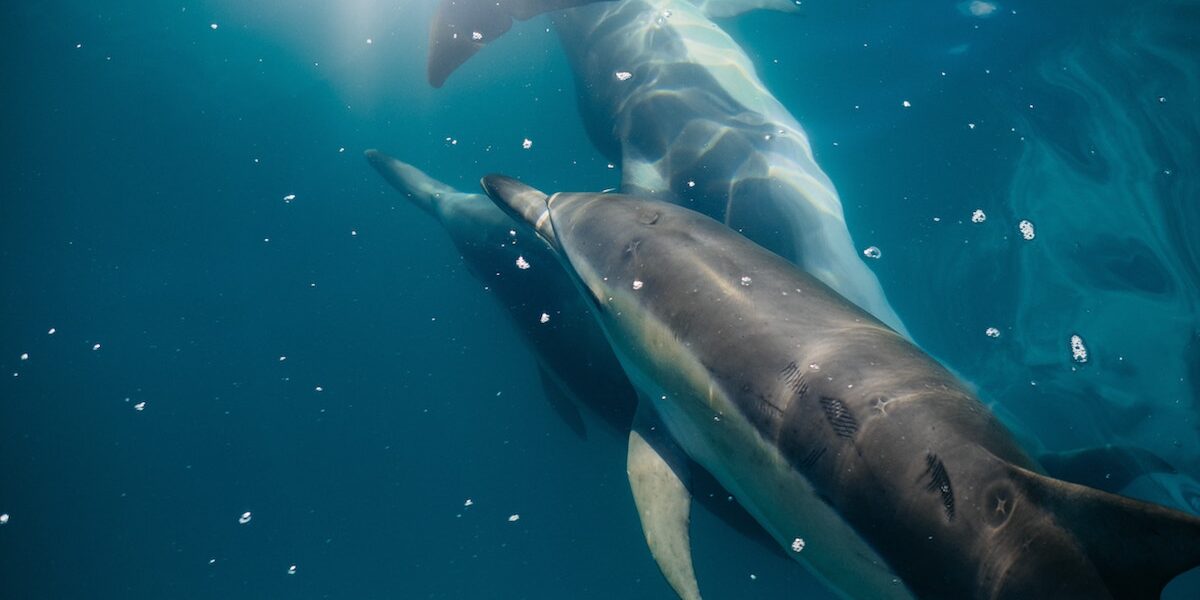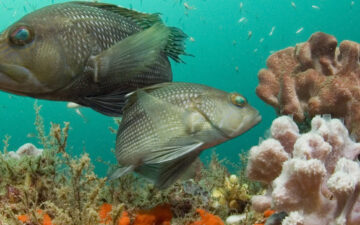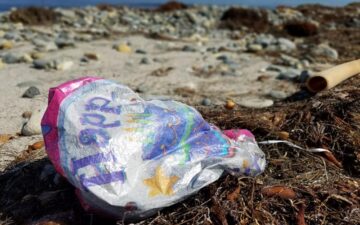By Mark J. Spalding, President
 Tuesday morning, we woke to bad news about a shipping accident in the waters of Bangladesh. The Southern Star-7, a tanker had collided with another ship and the result was a spill of an estimated 92,000 gallons of furnace oil. Shipping along the route was halted and the sunken ship was successfully towed into port on Thursday, stopping additional spillage. However, the leaked oil continues to spread in one of the region’s most valuable natural areas, the coastal mangrove forest system known as the Sundarbans, a UNESCO World Heritage Site since 1997 and a popular tourist destination.
Tuesday morning, we woke to bad news about a shipping accident in the waters of Bangladesh. The Southern Star-7, a tanker had collided with another ship and the result was a spill of an estimated 92,000 gallons of furnace oil. Shipping along the route was halted and the sunken ship was successfully towed into port on Thursday, stopping additional spillage. However, the leaked oil continues to spread in one of the region’s most valuable natural areas, the coastal mangrove forest system known as the Sundarbans, a UNESCO World Heritage Site since 1997 and a popular tourist destination.
Near the Bay of Bengal in the Indian Ocean, the Sundarbans is an area that stretches across the Ganges, Brahmaputra and Meghna river deltas, forming the world’s largest mangrove forest. It is home to rare animals like the Bengal tiger and other threatened species such as the river dolphins (Irawaddy and Ganges) and Indian pythons. Bangladesh set up the dolphin protected areas in 2011 when officials became aware that the Sundarbans host the largest known population of Irawaddy dolphins. Commercial shipping was banned from its waters in the late 1990’s but the government had permitted the temporary reopening of a former shipping lane following the silting in of the alternative route in 2011.
Irawaddy dolphins grow up to eight feet in length. They are blue-grey beakless dolphins with a rounded head and a diet that is primarily fish. They are closely related to the orca and are the only dolphin known to spit while feeding and socializing. Other than shipping safety, the threats to the Irawaddy include entanglement in fishing gear and loss of habitat due to human development and sea level rise.
This morning, we learned from the BBC, that the “head of the local port authority told reporters that fishermen would use ‘sponges and sacks’ to collect the spilled oil, which has spread over an 80-kilometre area.” While authorities are reportedly sending dispersants to the area, it is not at all clear that applying chemicals will benefit the dolphins, the mangroves, or the other animals that live in this rich system. In fact, given the emerging data from the 2010 Deepwater Horizon disaster in the Gulf of Mexico, we know that dispersants do have long-term toxic effects on ocean life, and further, that they may interfere with the natural breakdown of oil in the water, ensuring that it lingers on the ocean floor and can be stirred up by storms.

We all know that the chemical constituents of oil (including products such as gas or diesel fuel) can prove deadly to plants and animals, including humans. In addition, oiling of sea birds and other sea animals can reduce their ability to regulate body temperature, leading to death. Removing the oil through booms and other means is one strategy. Applying chemical dispersants is another.
Dispersants break up the oil into small amounts and move it down in the water column, eventually settling on the ocean floor. The smaller oil particles have also been found in the tissues of marine animals and under the skin of human beach clean up volunteers. Work underwritten with grants from The Ocean Foundation has identified a number of toxicological effects on fish and mammals from known and combination, especially to marine mammals.
Oil spills have short and long-term negative effects, especially on vulnerable natural systems such as the brackish mangrove forests of the Sundarbans and the wide array of life that depends on them. We can only hope that oil will be contained quickly and that it will do relatively little harm to the soils and plants. There is grave concern that fisheries outside the protected area will also be affected by the spill.
Mechanical absorption is certainly a good start, especially if the health of workers can be safeguarded to some extent. It is said that the oil has already begun to spread through stands of mangroves and pool in shallow areas and mudflats creating an even broader clean-up challenge. The authorities are right to be cautious in applying any chemicals in such vulnerable aquatic areas, especially since we have little knowledge of how these chemicals, or the chemical/oil combination affect life in these waters. We also hope that the authorities will consider the long-term health of this precious world resource and ensure that the ban on shipping is permanently reinstated as soon as possible. Wherever human activities take place in, on, and near the ocean, it is our collective responsibility to minimize the harm to the living natural resources on which we all depend.
Photo Credits: UNEP, WWF







